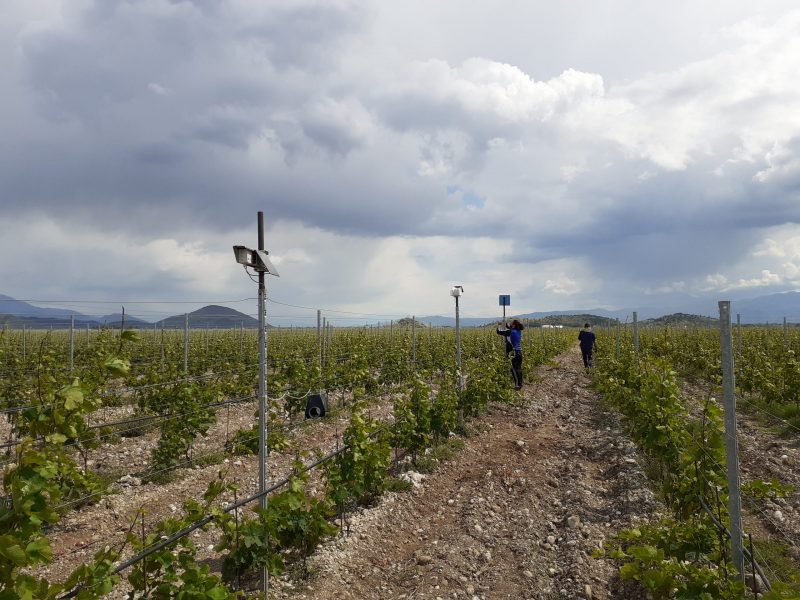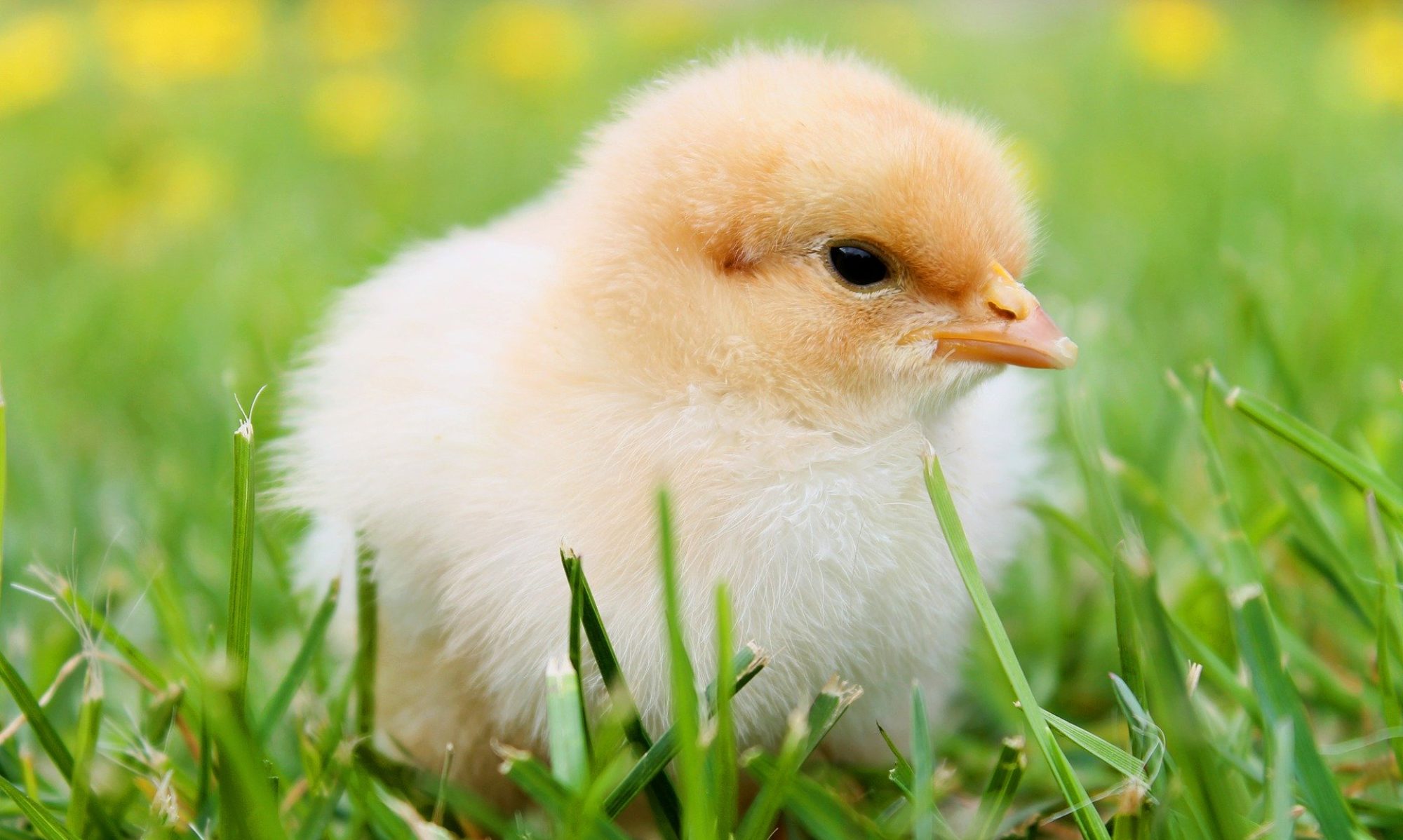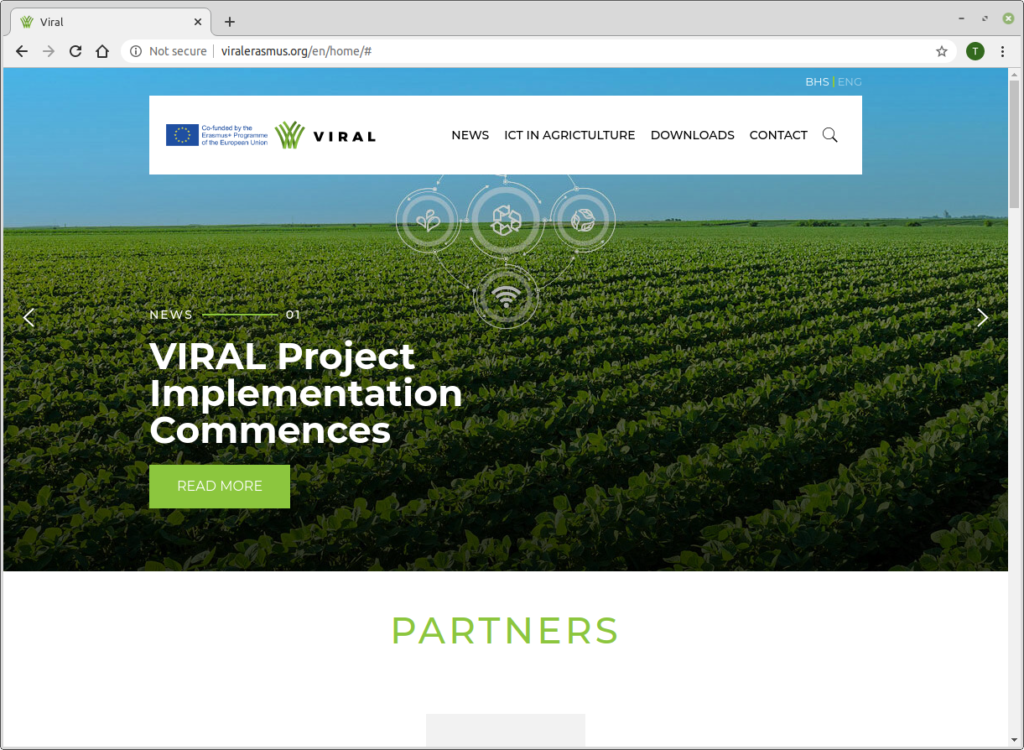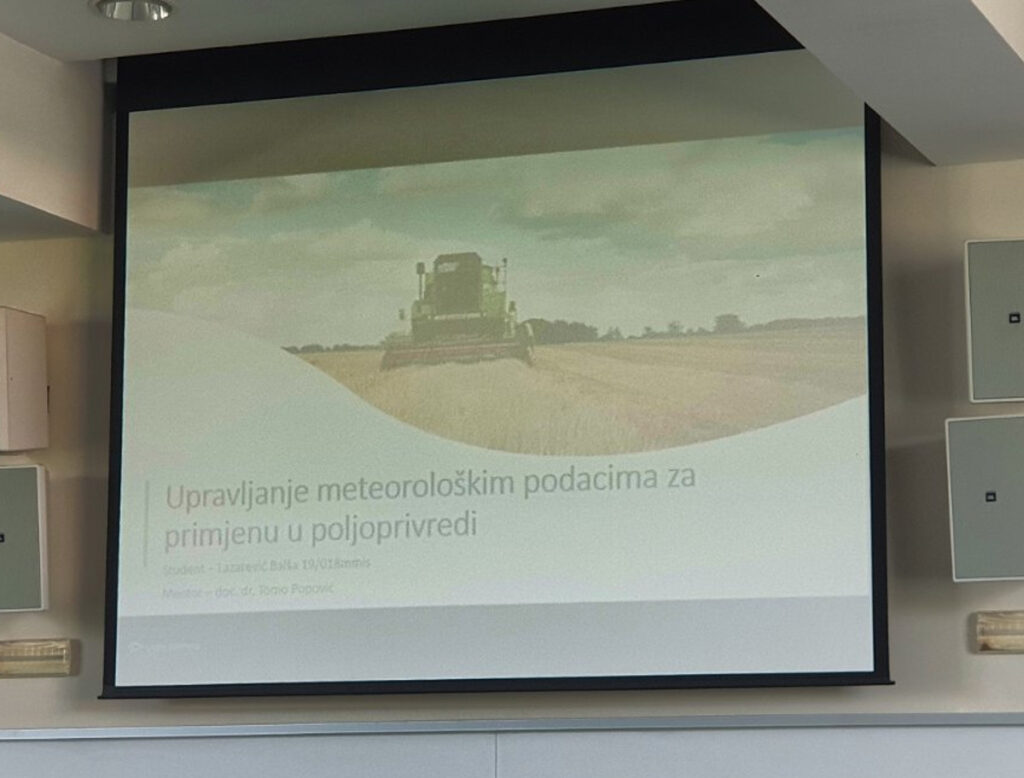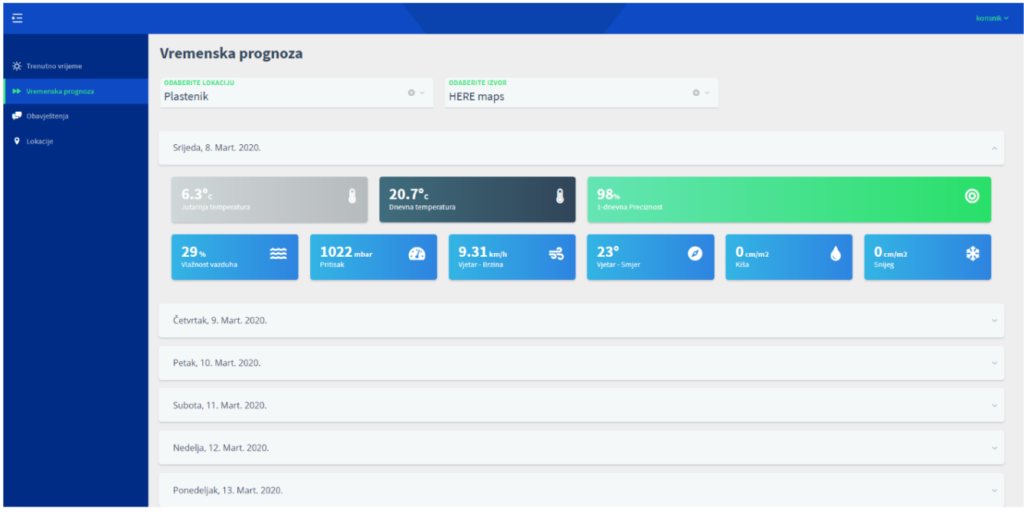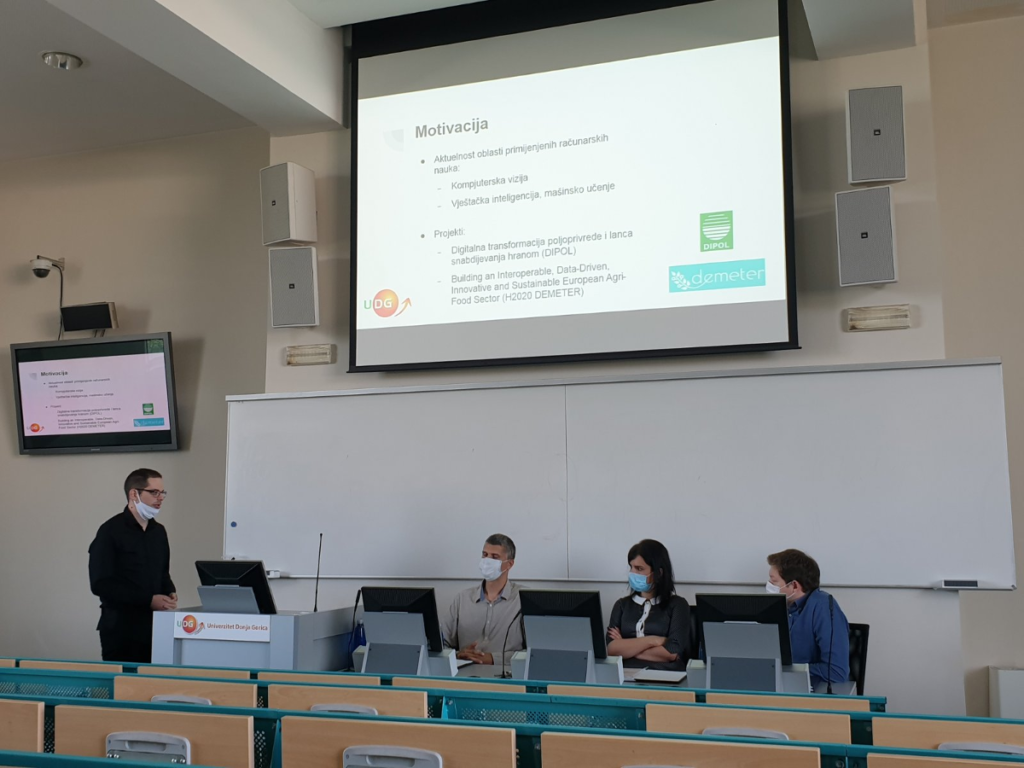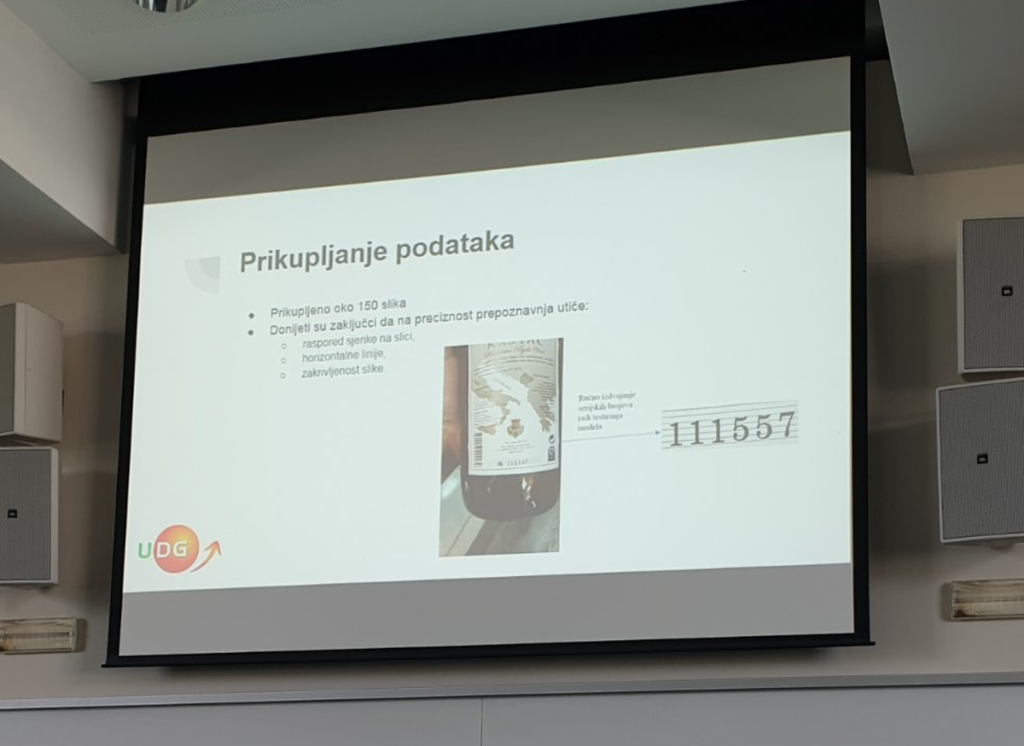Precision agriculture installation, a join effort by UDG, Plantaže and DunavNET, was featured in the article “DEMETER: the solution that puts digital means at the service of farmers” written by Ms Gráinne Dilleen, Communication and Dissemination coordinator for the DEMETER project.
Excerpt – “The challenges posed by COVID-19 for the agricultural sector are well documented. Among others, the lack of availability of seasonal workers, market uncertainty, fluctuating consumer demand and the potential disruption of the supply chain for fertilizers and animal feed have been highlighted. However, this crisis has also demonstrated how the use of smart technologies can help the farmer’s recovery while improving sustainability.” Read more at the following link.
